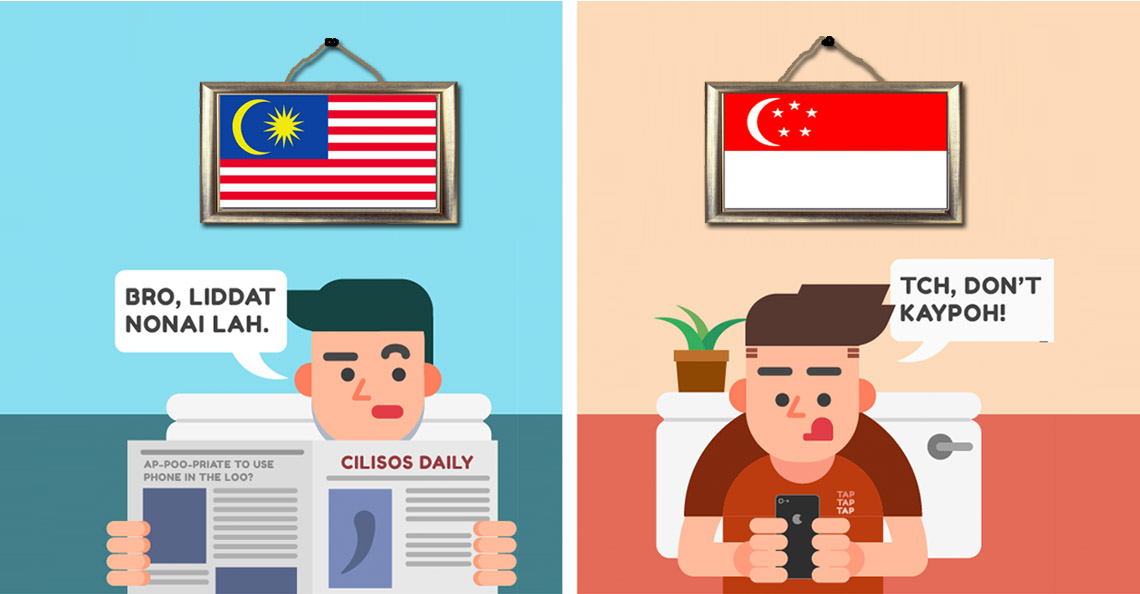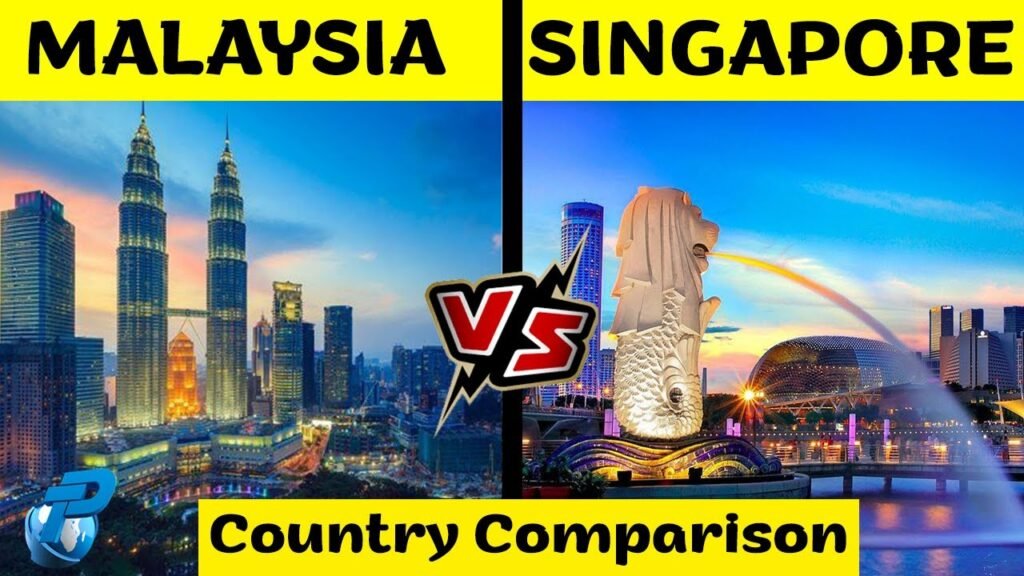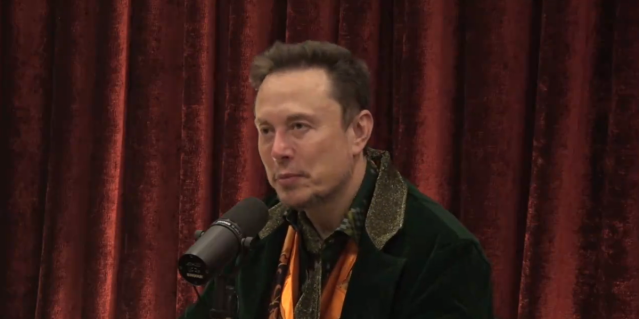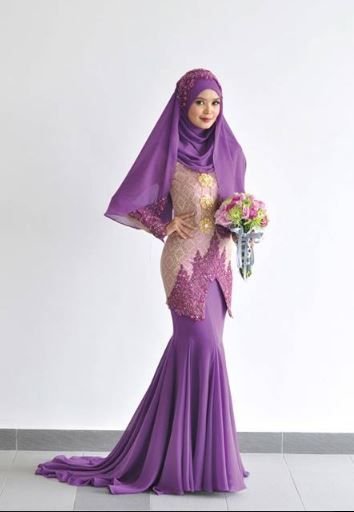Malaysia and Singapore are neighboring countries in Southeast Asia with distinct governance and development models. Malaysia is a larger federal constitutional monarchy, while Singapore is a smaller city-state with a parliamentary republic system.
Nestled in the heart of Southeast Asia, Malaysia and Singapore share a history, once being part of the same colonial territory under British rule. Today, they stand as two separate entities, each with its own cultural tapestry and economic landscape.
Malaysia boasts a blend of Malay, Chinese, Indian, and indigenous cultures spread across its 13 states and 3 federal territories, offering diverse experiences from bustling cities to idyllic islands. On the other hand, Singapore, known for its advanced economy and high standard of living, dazzles with its urban sophistication, thriving financial sector, and orderly approach to urban planning. Visitors often marvel at the contrast between Malaysia’s vast natural wonders and Singapore’s architectural marvels, both shaping the unique allure of Southeast Asia. With each country presenting its rich heritage and robust development, travelers and investors alike are drawn to their distinctive charms.
Geographical Distinctions
Exploring the unique characteristics of countries reveals a fascinating tapestry of culture, history, and nature. Within Southeast Asia, two renowned neighbors, Malaysia and Singapore, showcase distinct geographical traits. These differences not only shape each country’s natural beauty but also influence the lifestyle and biodiversity within.
Island City Vs Peninsular Nation
Malaysia and Singapore offer diverse landscapes to explore. The former is a sprawling peninsular nation combined with part of the island of Borneo. Singapore, by contrast, is an island city-state. It sits just off the southern tip of the Malay Peninsula where it thrives as a bustling metropolis.
- Malaysia: Divided into Peninsular Malaysia and East Malaysia.
- Singapore: A single, densely-populated island with over 60 smaller islets.
Climate And Topography
| Feature | Malaysia | Singapore |
|---|---|---|
| Climate | Tropical rainforest climate with a higher variety in topography. | Tropical rainforest climate that is uniformly humid and rainy. |
| Topography | Mountainous regions, coastal plains, and sandy beaches. | Mostly low-lying areas with a central plateau and small hills. |
Their climate is similar, yet Malaysia’s vast topography means more diverse microclimates. Singapore’s compact geography brings about even temperatures and climatic consistency throughout the year. Both countries offer lush greenery, yet their landscapes offer different adventures and sights.

Credit: www.thecasesolutions.com
Historical Contexts
As we delve into the rich tapestry of Southeast Asia, understanding the unique stories of Malaysia and Singapore becomes essential. In this section, we explore the historical paths that shaped these neighboring nations, separating distinct identities from a once shared journey.
Shared Colonial Past
Malaysia and Singapore both bear the marks of European colonial rule. Their shared history under British dominance set the stage for modern development.
- British Malaya: Consisted of the Malay states and the Straits Settlements.
- Federation of Malaya: Formed in 1948, leading to Malayan independence.
- Straits Settlements: Included Singapore, Malacca, and Penang.
Path To Independence
| Country | Step to Independence | Year |
|---|---|---|
| Malaysia | Independence achieved | 1957 |
| Singapore | Joined Malaysia | 1963 |
| Singapore | Became a separate nation | 1965 |
The two countries took distinct approaches after shaking off the colonial yoke. Malaysia found its footing through a federation of states, while Singapore sailed towards a sovereign city-state status after a brief union with its neighbor.
Economic Diversities
Malaysia and Singapore may be neighbors, but their economies tell different stories. Each country has crafted a unique economic path. Their approaches to resource management, GDP growth, and market dynamics set them apart. This section unveils these differences that define their economic landscapes.
Resource Management
Malaysia boasts a wealth of natural resources. It is renowned for its large reserves of rubber, palm oil, and timber. The country’s economy has benefitted from these for years. Malaysia also taps into oil and gas, which adds to its revenue. This has led to a balanced mix of agriculture and modern industries.
In contrast, Singapore has limited natural resources. It focuses on maximizing human and financial capital. The country invests in people and innovation. This turns Singapore into a hub for finance, tech, and services.
Gdp And Market Dynamics
Singapore’s GDP outpaces Malaysia in size and wealth per capita. Singapore’s market is more service-oriented, with a strong finance sector. The focus is on high-tech and high-value industries. This approach propels Singapore to be a global powerhouse.
| Economic Sector | Malaysia | Singapore |
|---|---|---|
| Agriculture | Significant | Minimal |
| Industry | Diverse, resource-based | High-tech, capital-intensive |
| Services | Growing | Dominant |
Malaysia, with a diverse economy, has a mix that includes manufacturing and services. The country is growing its tech sector. Yet, Malaysia maintains a robust presence in traditional industries.
Government And Politics
Exploring the government and politics of Malaysia and Singapore reveals their unique paths. Both have distinctive frameworks and international relationships. Let’s dive into the differences that define their political landscapes.
Structures Of Governance
Malaysia operates as a federal constitutional monarchy. It combines a king and elected officials. In contrast, Singapore is a parliamentary republic. The President of Singapore acts as the head of state while the Prime Minister leads the government.
| Malaysia | Singapore |
|---|---|
| Monarch and elected parliament | Elected President and parliament |
| 13 states and 3 federal territories | Unitary state |
| Sharia law for Muslims | Secular legal system |
Policies And International Relations
Malaysia’s policies focus on economic growth and social harmony. Singapore, known for its strict laws and business-friendly climate, thrives as an economic hub.
- Malaysia’s foreign relations balance Asian neighbors and Western powers.
- Singapore prioritizes trade relationships and regional security.
Both nations take part in ASEAN but forge distinct bilateral ties globally. Their policies reflect domestic values and international strategic interests.
Cultural Fabric
The cultural fabric of Malaysia and Singapore is both rich and diverse. It represents a tapestry of traditions and customs woven from their ethnic roots and historical backgrounds. Understanding their cultural nuances sheds light on the distinct identity of each nation, setting the stage for a fascinating comparison of their societal makeup.
Ethnic Composition
Both Malaysia and Singapore are multicultural societies. The ethnic makeup affects language, customs, and social dynamics.
| MALAYSIA | SINGAPORE |
|---|---|
| Malays: Largest group | Chinese: Majority population |
| Chinese: Significant minority | Malays: Key minority |
| Indians: Smaller percentage | Indians: Important minority |
| Various indigenous groups | Diverse expatriate communities |
Festivals And Holidays
Festivals and public holidays celebrate the beliefs and customs of each group. They are vibrant indicators of the nations’ cultural kaleidoscope.
- Malaysia:
- Hari Raya Aidilfitri
- Chinese New Year
- Deepavali
- Gawai Dayak
- Singapore:
- Lunar New Year
- Hari Raya Puasa
- Deepavali
- National Day
Malaysia’s Hari Gawai and Singapore’s National Day Parade showcase unique cultural spectacles.
Language And Education
Let’s dive into the vibrant tapestry of languages and the structure of education in Malaysia and Singapore. These neighboring countries share a lot in common, but their approach to language and schooling sets them apart in delightful ways.
Official Languages
In Malaysia, the official language is Malay, known as Bahasa Malaysia. This language unites the nation’s diverse cultures. Malaysia also recognizes English as a second language. Singapore, on the other hand, boasts four official languages: English, Malay, Mandarin, and Tamil. English serves as the lingua franca, facilitating business and inter-ethnic communication.
| Malaysia | Singapore |
|---|---|
| Bahasa Malaysia (Malay) | English |
| English | Malay |
| – | Mandarin |
| – | Tamil |
Education Systems
Education reflects a country’s heart and soul. Malaysia’s education system is diverse, with national, private, and vernacular schools. National schools teach in Malay, while vernacular schools use Mandarin or Tamil. English is taught as a strong second language. Singapore’s system is highly competitive, with a strong emphasis on English. All students learn in English, with their mother tongue as a secondary language.
- Malaysian schools: 3 types—national, private, vernacular.
- Singaporean schools: English-medium with mother tongue studies.
| Malaysia | Singapore |
|---|---|
| National Curriculum | English-Medium Curriculum |
| Bahasa Malaysia Instruction | Bilingual Policy |
| Vernacular Schools (Chinese/Tamil) | Mother Tongue Language Options |
Both Malaysia and Singapore value education highly. They invest in future generations. Yet, their paths diverge, reflecting their unique cultural mosaics.
Culinary Experiences
Exploring the flavors of Malaysia and Singapore leads to a thrilling adventure on a plate. Each country boasts a culinary identity as distinct and vibrant as its culture. Diving into the food scene reveals tales of tradition, innovation, and fusion.
Local Delicacies
Malaysia offers a rich tapestry of tastes. The famous Nasi Lemak showcases coconut milk-infused rice with spicy sambal. Satay, skewered meats with peanut sauce, tempts meat lovers. Char Kway Teow, stir-fried noodles, bursts with flavor.
Singapore’s iconic Chilli Crab turns seafood into a spicy delight. Hainanese Chicken Rice brings simplicity to perfection. The savory Laksa, with its coconut-based soup, is unmissable.
- Malaysian Must-Tries:
- Beef Rendang
- Hokkien Mee
- Apam Balik
- Singaporean Staples:
- Char Siew Rice
- Roti Prata
- Kaya Toast
Food Culture
In Malaysia, food represents heritage and unity. Street food stalls, known as Hawker Centers, are hotspots for authentic bites. The bustling atmosphere and communal seating reflect a society that values sharing meals.
Singapore’s food culture mirrors its melting pot essence. The blend of Chinese, Malay, and Indian influences creates a unique dining landscape. Strict hygiene standards ensure top-notch culinary experiences in its Hawker Centers.
| Aspect | Malaysia | Singapore |
|---|---|---|
| Notable Influence | Malay, Chinese, Indian | Chinese, Malay, Indian, Western |
| Eating Habits | Communal Sharing | Individual Portions |

Credit: www.quora.com
Tourist Attractions And Lifestyle
Exploring Malaysia and Singapore reveals vibrant tapestries of cultural richness. Tourist attractions and lifestyle stand out. Each offers unique experiences that thrive within their bustling cities and serene landscapes. Be it soaring skyscrapers, lush rainforests, or the blend of traditional and contemporary lifestyle elements, differences between the two are as clear as they are fascinating.
Popular Destinations
Malaysia and Singapore both boast stunning attractions that draw millions annually. Below, find some of the most magnetic tourist spots:
- Malaysia:
- Petronas Twin Towers – Iconic landmarks of Kuala Lumpur’s skyline.
- Mount Kinabalu – A climber’s paradise in Borneo with breathtaking views.
- Penang – A cultural hub known for delicious street food and art.
- Singapore:
- Marina Bay Sands – A luxurious resort with an infinity pool overlooking the city.
- Universal Studios – Thrilling amusement rides on Sentosa Island.
- Gardens by the Bay – Futuristic park with iconic Supertree Grove.
Quality Of Life Comparison
The quality of life in both Malaysia and Singapore often becomes the topic of interest. Here’s a snapshot comparison:
| Malaysia | Singapore | |
|---|---|---|
| Cost of Living | Generally lower with affordable housing and essentials. | Higher, but with higher median salaries. |
| Healthcare | Quality services at lower costs. | Top-notch healthcare with cutting-edge facilities. |
| Public Transport | Extensive but can be less efficient. | Highly efficient and well-connected. |
| Safety | Relatively safe with low crime rates. | Ranked as one of the safest cities in the world. |
| Education | Good options with international schools. | World-renowned schools with diverse educational offerings. |

Credit: cilisos.my
Frequently Asked Questions On What Is The Difference Between Malaysia And Singapore
Why Is Singapore Different From Malaysia?
Singapore differs from Malaysia primarily due to its status as an independent sovereign city-state, contrasting Malaysia’s larger federation structure comprising multiple states and territories. Singapore’s legal system, political landscape, and economic policies are distinctly separate from Malaysia’s.
Which Country Is Richer Malaysia Or Singapore?
Singapore is considerably wealthier than Malaysia, with a higher GDP per capita.
Which Country Is More Expensive Singapore Or Malaysia?
Singapore is generally more expensive than Malaysia in terms of living costs and tourism expenses.
Is Singapore Part Of China Or Malaysia?
Singapore is an independent nation and not part of China or Malaysia. It is a sovereign city-state and island country in Southeast Asia.
What Distinguishes Malaysia From Singapore?
Malaysia is a large, diverse country with natural landscapes, while Singapore is a small, highly urbanized city-state.
Are Malaysia And Singapore Culturally Similar?
Despite sharing historical ties, Malaysia’s cultural tapestry is distinct, with a mix of ethnic groups, while Singapore’s is more cosmopolitan.
Conclusion
Exploring the distinctions between Malaysia and Singapore reveals a tapestry of cultural, economic, and political differences. Each country boasts unique attributes that enchant residents and travelers alike. From Malaysia’s lush landscapes to Singapore’s urban sophistication, diversity defines them. Embrace their contrasts to appreciate the rich tapestry of Southeast Asia fully.
Both nations offer a singular voyage into the heart of their identity.



